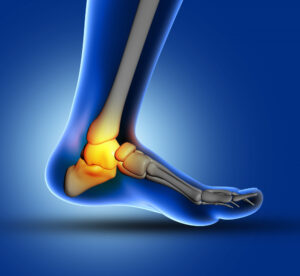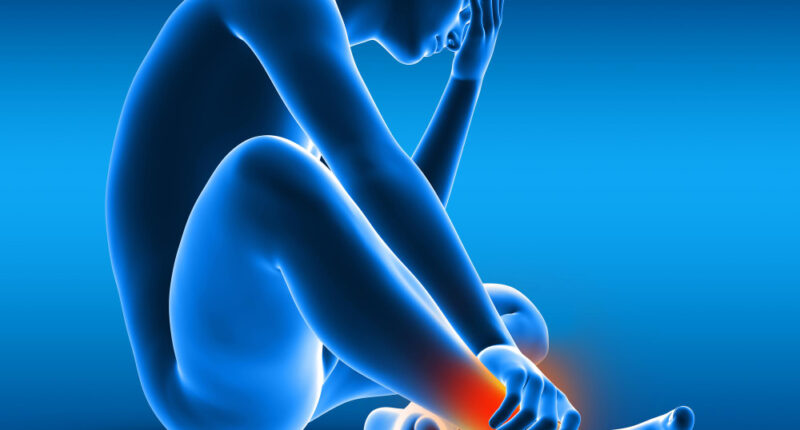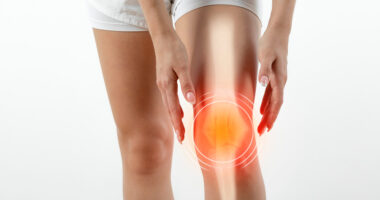Foot supination, also known as underpronation, refers to the outward rolling motion of the foot during walking or running. While some degree of supination is normal in the gait cycle, excessive supination can lead to problems in the feet, ankles, and legs. Understanding foot supination and how to manage it can help prevent pain and injury.
What is Foot Supination?
When walking or running, your feet naturally roll as they contact the ground. In a healthy gait cycle, the foot slightly rolls inward after the heel strikes the ground. This inward roll, called pronation, helps distribute the body’s weight evenly across the foot. However, in individuals with foot supination, the opposite occurs—the foot rolls outward, placing more pressure on the outer edges of the foot. This can cause misalignment in the body and strain muscles, ligaments, and tendons.
Causes of Foot Supination
Several factors can contribute to excessive foot supination, including:
1. High Arches
People with high arches are more likely to supinate because their feet are less flexible. High-arched feet tend to roll outward as they do not collapse enough to absorb the impact of walking or running.
2. Genetics
In many cases, foot supination is hereditary. If you have family members with a history of foot or ankle problems, you may be more prone to supination.
3. Improper Footwear
Wearing shoes that do not provide adequate support or cushioning can exacerbate supination. Shoes designed with a narrow fit or lacking insole support can force the foot to roll outward, increasing the risk of injury.
4. Previous Injuries
Ankle sprains, foot injuries, or other trauma to the lower body can lead to changes in the way you walk, which may result in supination. Individuals with a history of injuries may unconsciously shift their weight outward to avoid pain.
5. Muscle Weakness or Imbalances
Weakness in certain muscles, especially those in the lower leg or feet, can affect how weight is distributed across the foot. Tight or overused muscles, like the Achilles tendon, can also contribute to an outward roll.
Symptoms of Foot Supination
Excessive supination can lead to various symptoms, including:
1. Ankle Instability
People with supinated feet are more prone to ankle sprains because their ankles are more likely to roll outward. This instability can make walking and running difficult.
2. Heel and Arch Pain
Supination places additional pressure on the outer edge of the foot, which can cause discomfort and pain in the heel or arch. The condition may also lead to plantar fasciitis, a painful tissue inflammation along the bottom of the foot.
3. Shin Splints
The misalignment caused by supination can strain the shin muscles, leading to shin splints. This is a common issue for runners with excessive supination.
4. Foot Fatigue
People with supination often experience foot fatigue after long periods of walking or running. This is because the foot does not properly absorb shock, increasing muscle and joint stress.

How to Manage Foot Supination
While foot supination can lead to discomfort and injury, there are ways to manage and correct the condition:
1. Choose the Right Footwear
Wearing shoes designed for supination is essential. Look for shoes that provide extra cushioning and support, especially in the arch and heel areas. Running shoes with wide, stable bases and flexible soles can help distribute weight evenly.
2. Orthotic Inserts
Custom or over-the-counter orthotics can help correct supination by providing extra support to the arches and promoting proper foot alignment. These inserts are designed to distribute pressure more evenly across the foot, reducing the outward roll.
3. Strengthening Exercises
Strengthening the muscles in your feet and lower legs can help improve foot alignment. Exercises like toe curls, heel raises, and calf stretch target the muscles that support the arches and help stabilize the ankles.
4. Gait Analysis
A gait analysis performed by a podiatrist or physical therapist can help identify any imbalances in your walking or running patterns. Based on this assessment, they can recommend specific treatments or exercises to correct supination.
5. Stretching the Achilles Tendon
Tightness in the Achilles tendon can exacerbate supination. Regularly stretching this tendon and the calf muscles can increase flexibility and improve foot movement.
Potential Complications of Untreated Supination
If left unaddressed, excessive supination can lead to a range of complications, including:
- Plantar fasciitis
- Stress fractures in the bones of the foot and lower leg
- Achilles tendonitis
- Knee and hip pain due to improper body alignment
By recognizing the signs of foot supination and taking proactive steps to address the condition, you can prevent injuries and maintain a healthy, active lifestyle.
Conclusion
Foot supination is a common condition that affects how your feet strike the ground during movement. While some degree of supination is normal, excessive outward rolling can lead to pain and injury. Fortunately, with the proper footwear, orthotics, and exercises, you can manage supination and protect your feet. If you suspect that you have foot supination, consult a podiatrist to discuss treatment options and keep your feet healthy for the long run.









